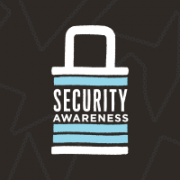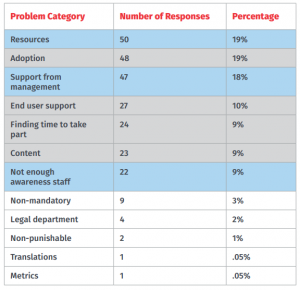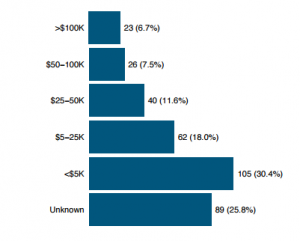Security Awareness: A Tale of Two Challenges
SANS Institute has recently releases their findings from a survey ‘Securing The Human 2016’ about Security Awareness that led them to uncover two key findings: First, the security awareness team are not getting enough support they need and second, the experts in the field of security awareness lack soft skills to get the knowledge they have distributed properly.
This is the second annual security awareness report released and its main goal is to allow security awareness officers to make knowledgeable decisions on how to make their security programs better and to let them compare their organizations program to other programs in their industry.
SANS Institute provides information security training all over the world. For over 25 years of experience they are considered as the most trusted and the principal source of information security training. SANS : Securing The Human is an institute division that gives complete and comprehensive security awareness solution to organizations which can help them to effectively manage their human cyber security risk.
Report Summary
This years’ approach tells a story through data, compared to last year where the data and results were presented in the order the survey was taken. The data tells a story about the tale of two challenges which they began to see as they worked through the data.
They conducted a survey on what are the biggest challenges that security officers encountered and the results were tremendous giving them over a 100 different topics. The responses were categorized into 12 categories by Ingolf Becker, from University College of London. The seven problem categories include: resources, adoption, support from management, end user support, finding time to take part, content and not enough staff awareness. They have focused on the first seven on the list which fell into two general groups: lack of resources, time, support and/or not having an impact. The people are either limited on their ability to execute (46%) and/or fails to deliver the needed impact (47%). This starts the tale of two challenges and this report is focused on understanding these challenges and identifying possible solutions.
Categorization of Biggest Challenge Awareness Programs Face
Similar to last year’s report, the data showed that a lot of awareness staff has insufficient resources, time and support to get the work completed.
Resources, as defined by Ingolf, are about the shortage of money or technical resources. Budget wise more than 50% of respondents stated that they either have a budget of $5,000 or less or they are not aware if they do have a budget and only 25% reported a budget of $25,000 or more.
Estimated Budget for 2016
Less than 15% of the respondents work full-time in awareness which is an improvement from last year’s 10% it is still considerably low. While there is an improvement only 65% says that they only spend 25% or less of their time on awareness.
Even if the people are getting support for security awareness they do not have or there is only a few metrics considered that demonstrates the human problem, impact or awareness. Most are focused on phishing which is a common top human risk, which is good but this is only one of the many organizational human risk to deal with.
Communication was identified to be the number one blocker in the program. This is more evident in larger organizations where they have 1,000 employees or more. Highly technical people reports to the highly technical department have communications as their biggest blocker even if their main job is to communicate to the organization.
Recommendations
As a recommendation they proposed that communications as one of the most critical soft skills needs to be addressed by training; place someone from the communications department into the awareness team or hire someone with the soft skills they need. As for the engagement, people needs to know why they should care about security awareness and target them at an emotional level rather than giving them statistics and numbers.



